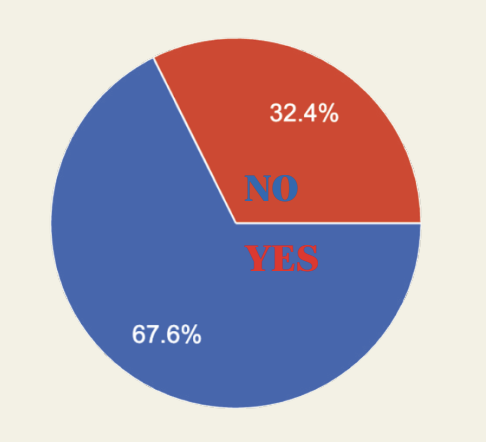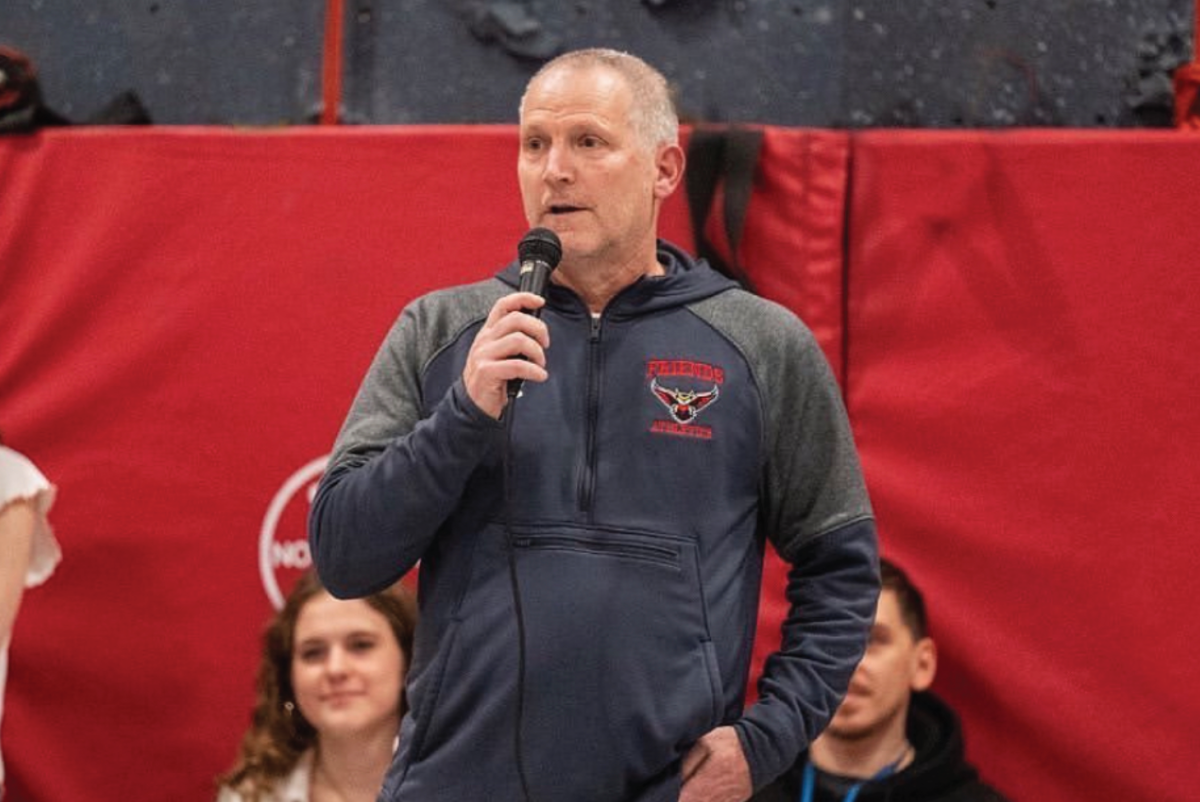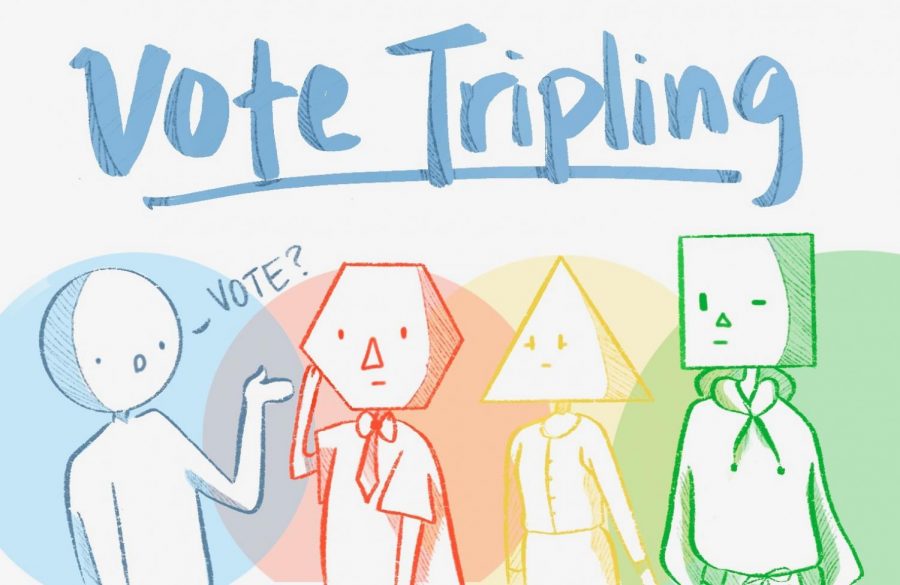Vote-tripling increases voter turnout, engages youth
November 2, 2020
The pandemic has forced political campaigns to realize new ways to reach voters. “Vote Tripling” – a campaign attempting to increase voter turnout – is a tactic used to increase voter turnout, and a way for underaged voters to engage in the democratic process.
The principle behind the “vote tripling” campaign is to convince three family members and friends to vote. Then, those asked are meant to talk to three more people, as well. Ideally, voter turnout can grow exponentially if unregistered voters are continually encouraged to cast a ballot.
The process seems to have the potential to be a successful means to promote democratic engagement. A privately owned voter database and web hosting service provider used by the American Democratic Party, NGP VAN, has found that people are more likely to commit to voting if they are asked by someone with whom they have a close personal relationship. That would suggest that if individuals, rather than just third party organizations, are actively encouraging their family members and friends to vote, turnout will increase.
Vote-tripling is also one of the few ways for citizens under the age of 18 to have an influence on the outcome of the election. Petra Romero ’23, who is not old enough to vote this year, believes getting her family and friends to vote is the best way she can participate in the election. “More kids and teens should engage in vote tripling,” she said. “Although we can’t vote, we can encourage others to, and still make a big difference by raising awareness and getting the conversation going.”
Beyond just encouraging turnout, getting family and friends talking about politics helps remind them why casting a ballot is important, Ananya Gita ’21, who has led discussions on voting in the upper school, suggests.
“Votes impact education, healthcare, racial justice efforts, and so many other issues,” Gita said. “Vote tripling,” is a “straightforward, and speedy” way to remind people what’s at stake.




















